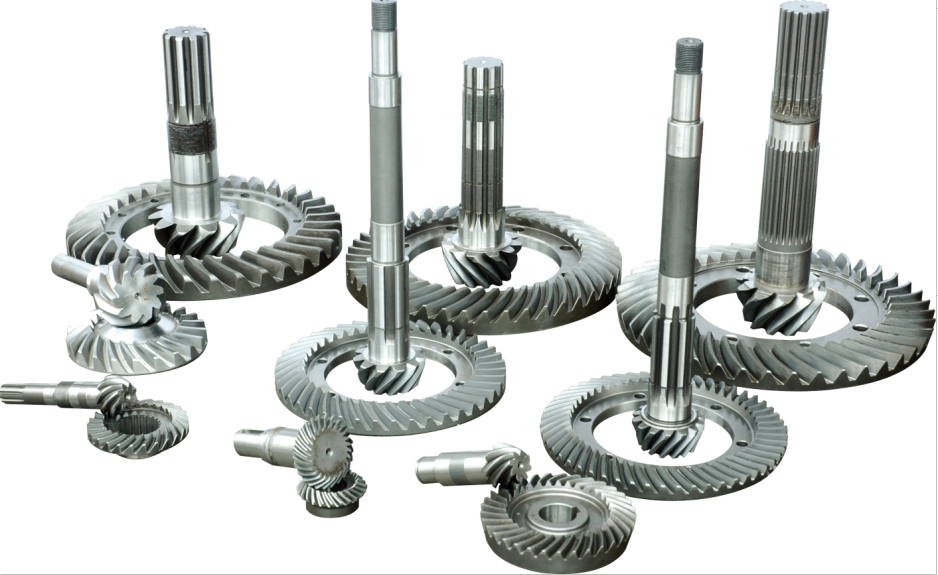Worm gears are a type of mechanical power transmission system that consist of a worm (a threaded shaft) and a gear (known as the worm wheel or worm gear). They have a unique design that offers specific advantages and is well-suited for various applications. Let’s explore the design, operation, and applications of worm gears:

- Design: Worm gears are composed of two main components: the worm and the worm wheel. The worm has a helical thread, similar to a screw, which engages with the teeth of the worm wheel. The worm wheel is a cylindrical gear with teeth that mesh with the worm. The helix angle of the worm determines the gear ratio of the system.
- Operation: The operation of a worm gear is based on the principle of the sliding action between the worm and the worm wheel. When the worm is rotated, its helical thread engages with the teeth of the worm wheel, causing the wheel to rotate. The direction of rotation of the worm wheel depends on the helix angle of the worm. The sliding action between the worm and the worm wheel results in high contact pressure and friction, leading to efficiency considerations in worm gear applications.
- Advantages:
- High gear ratio: Worm gears offer high gear ratios, making them suitable for applications where large speed reductions are required.
- Compact design: The compact design of worm gears allows for the transmission of high torque in a relatively small space.
- Self-locking: Worm gears possess a self-locking characteristic, meaning that they can hold the load in position without the need for additional brakes or locking mechanisms.
- High shock load resistance: Worm gears can withstand high shock loads due to the sliding contact between the worm and the worm wheel.
- Variable gear ratios: By adjusting the helix angle of the worm, the gear ratio of the worm gear system can be easily modified.
- Applications:
- Conveyor systems: Worm gears are commonly used in conveyor systems for industries such as material handling, packaging, and automotive assembly lines.
- Lifts and elevators: Worm gears provide the necessary gear reduction and self-locking capability in lifting and elevator systems.
- Automotive applications: They can be found in automotive power seats, window mechanisms, and steering systems.
- Machine tools: Worm gears are used in various machine tools, such as milling machines, lathes, and drill presses, for speed reduction and precise positioning.
- Robotics: Worm gears are used in robotic systems for their compact size, high torque transmission, and self-locking ability.
- Packaging machinery: Worm gears are utilized in packaging machines to control the movement of packaging materials and products.
While worm gears offer several advantages, it’s important to consider their limitations as well. They generally have lower efficiency compared to other gear systems due to the sliding contact and high friction between the worm and worm wheel. Additionally, special considerations must be made to ensure proper lubrication and cooling to manage heat generation during operation.
Worm gears are widely used in applications that require high gear ratios, compact design, self-locking capability, and precise motion control. Their unique design and operation make them suitable for various industries, ranging from manufacturing and automotive to robotics and material handling.
